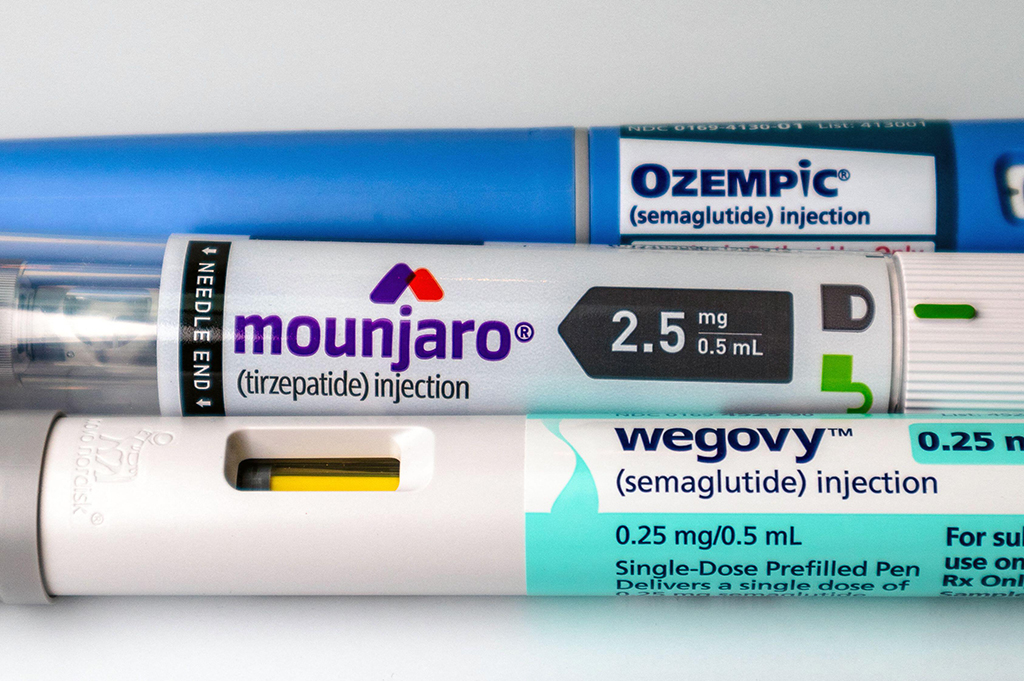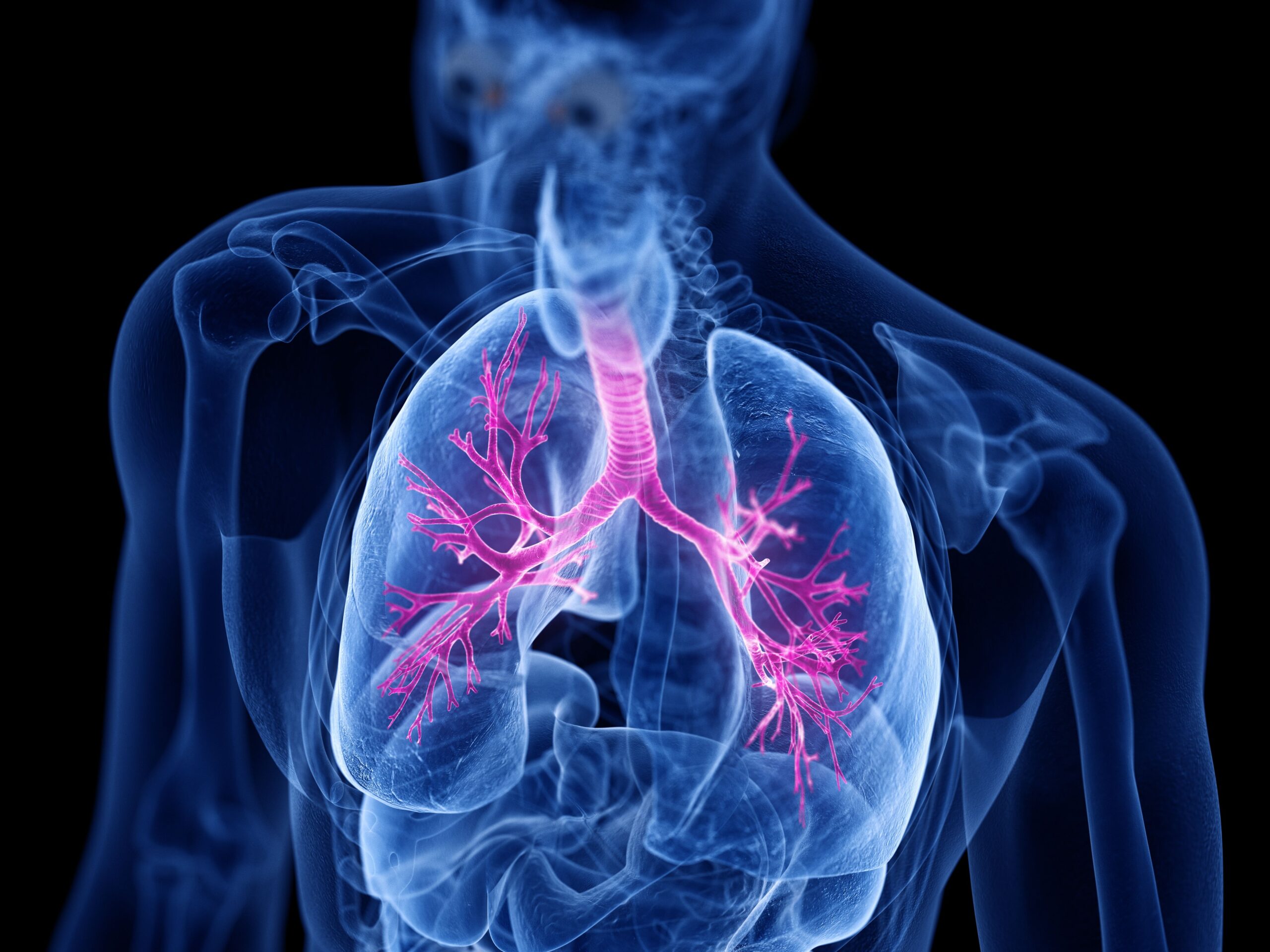After reading this article, you should be able to:
- Know the mechanism of action of tirzepatide and semaglutide and the differences in their efficacy and tolerability;
- Understand considerations relating to dose equivalency and washout periods when…

After reading this article, you should be able to:

Mifepristone, a glucocorticoid blocker, increased survival and muscle size in a mouse model of spinal muscular atrophy (SMA), according to a recent study.
Combining mifepristone with a gene therapy construct similar to the one used in Zolgensma…

Martin Makary, commissioner of the Food and Drug Administration, speaks in the Oval Office of the White House during an event with President Trump, Thursday, Oct. 16, in Washington. Image: Alex Brandon/AP

Data from a study published in Annals of Allergy, Asthma & Immunology show that, when receiving treatment for asthma, many patients switched biologics because of a perceived lack of efficacy. The authors emphasized that these findings show the…

By Wendy LaGrego
Posted: 12/13/2025 9:00:00 AM
Last Updated:
New findings from the phase II ENHANCE clinical trial indicate that both real and sham acupuncture improve breast cancer survivors’…

The combination of sacituzumab govitecan (Trodelvy) and pembrolizumab (Keytruda) offered a manageable and predictable safety profile in patients with previously untreated, PD-L1–positive metastatic triple-negative breast cancer (TNBC),…


Acute myocardial infarction (AMI), also known as myocardial infarction, remains one of the leading causes of mortality and disability worldwide, posing a severe threat to human health.1 AMI is characterized by acute occlusion of the…